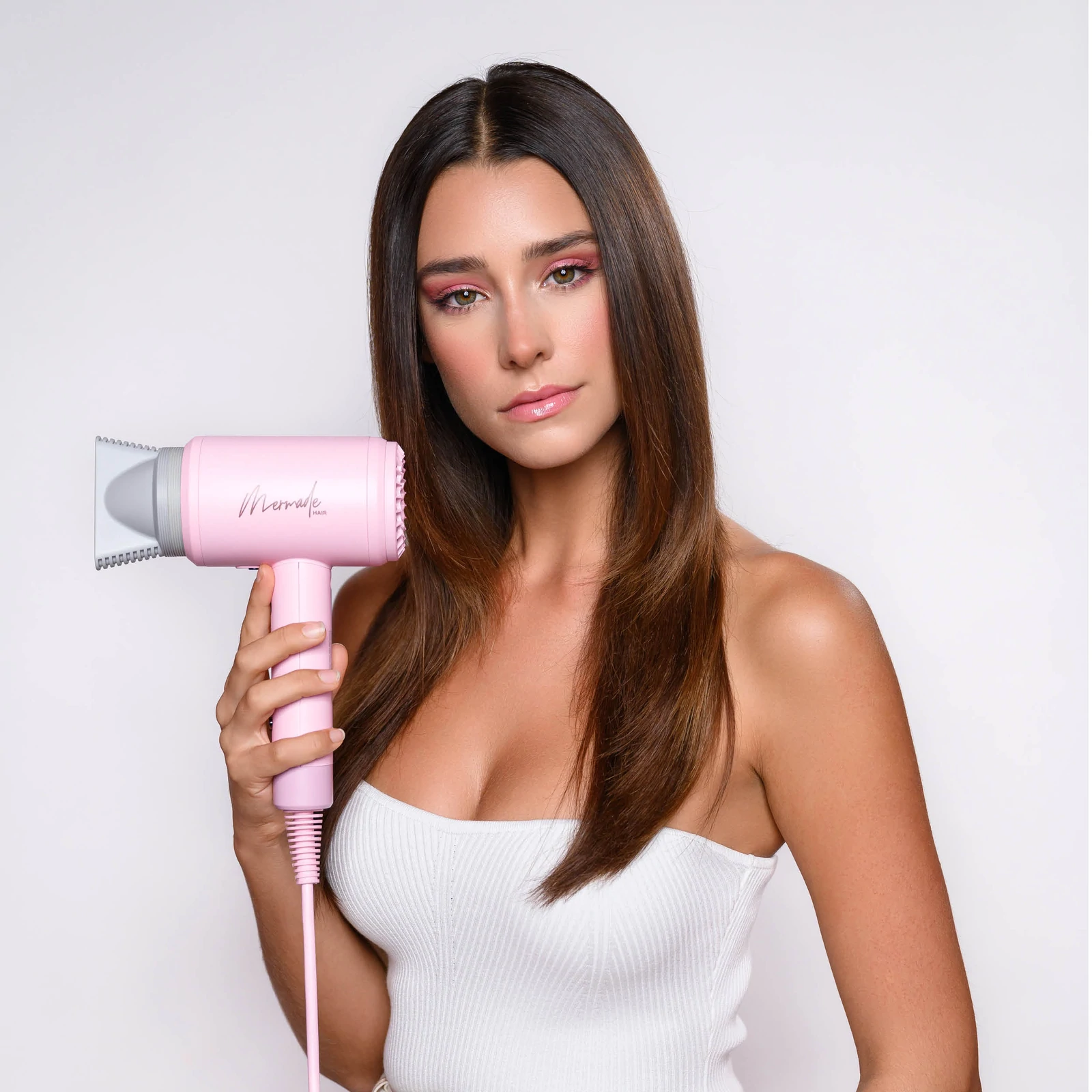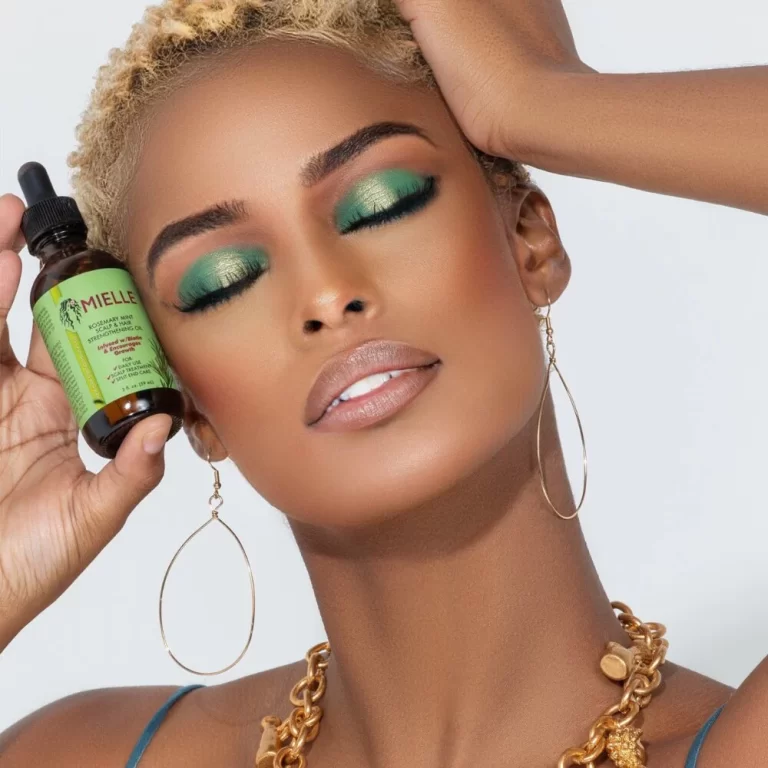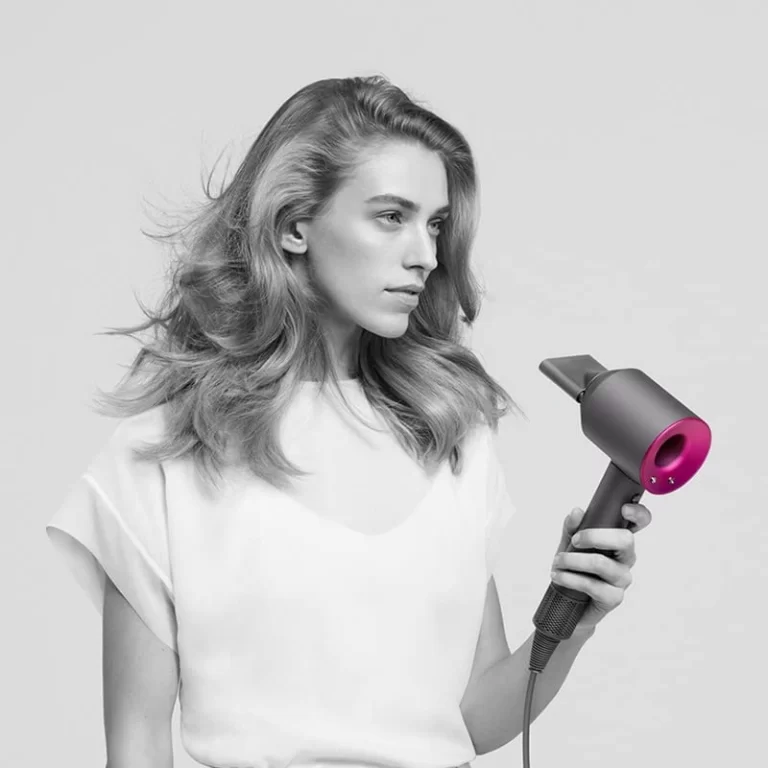
Can Hair Dryer Kill Lice
Can a Hair Dryer Zap Head Lice? Analyzing the Evidence
Can hair dryer kill lice? The moment you spot a dreaded louse crawling across your child’s scalp, you’ll try just about anything to banish the itch-inducing pests. Over-the-counter lice shampoos and combs help, but parents are often willing to go to more extreme measures. This leads many to wonder – could blasting lice away with a hair dryer work?
While a hair dryer of 2024 alone likely won’t fully solve a lice infestation, some evidence suggests heated air could provide a safe complement to traditional treatments. This article analyzes existing research on hair dryers against lice and offers practical tips on how parents can integrate this method into a comprehensive plan of attack.
 Understanding Lice Biology
Understanding Lice Biology
Can hair dryer kill lice?Head lice are tiny wingless insects that survive by feeding on human blood. They require a human host to provide warmth and food to thrive. Head lice attach their eggs (nits) firmly to the base of hair shafts, making them challenging to remove. Lice can only survive 1-2 days off a human host. They dislike extremes of heat or cold.
The Theory Behind Using Hair Dryers for Lice Removal
Heating lice to intolerable temperatures could offer a non-chemical way to exterminate or disable the bugs. Lab studies confirm lice and their eggs die when directly exposed to heat above 130°F. Some experts theorize a powerful blast of hot air may overheat lice enough to kill them or halt reproduction. The same logic applies to popular heated lice comb gadgets.
However, other sources argue it’s unlikely home hair dryers generate enough concentrated heat to fully reach lethal temperatures through all hair and down to the scalp where lice reside. The feasibility remains up for debate.
 Evidence Supporting Hair Dryer Use Against Lice
Evidence Supporting Hair Dryer Use Against Lice
Does a dryer kill lice?
Can hair dryer kill lice?Some real-world cases suggest hair dryers can indeed help eliminate head lice when used diligently. A 2016 study found using a hair dryer daily for 3 weeks reduced lice as effectively as chemical treatments, based on examinations of over 500 infested children. Parents reported fewer live lice after consistent blow drying.
Another trial had mothers use a hair dryer for 5 minutes per section of hair twice daily. Over 50% of the children were lice-free after 2 weeks. Research overall indicates heated air, when administered carefully and methodically over time, may enhance delousing success.
Practical Considerations When Using a Hair Dryer
Does dryer kill lice?
1. Safety First
Aim the dryer away from the face and scalp when possible. Keep hands nearby to check for excessive heat on the skin. Start on the lowest heat setting and work upwards slowly as tolerated. Monitor closely and never leave operating unattended.
2. Technique for Maximum Effectiveness
Section clean, dry hair into four quarters. Direct air along the scalp of the first section continuously for 10 minutes. Work the dryer slowly through the length of hair, concentrating on the roots. Use a fine-toothed lice comb simultaneously to mechanically remove and comb out nits.
Repeat for each section, checking for any live lice shaken loose onto towels or paper. Finish by blow drying the entire head on highest heat setting tolerated for 15 minutes to tackle any remaining bugs. Repeat daily.
 Limitations and Challenges
Limitations and Challenges
Can hair dryer ilkl lice?While evidence indicates blow drying may reduce lice load, experts agree it’s unlikely to fully eradicate an existing case alone. Lice can shelter in hair making it difficult to heat all areas effectively. Nits cement strongly to hair shafts, shielding them from heat exposure.
Excessive use of high temperatures can also dehydrate and damage hair over time. Children’s delicate scalps may burn easily as well. For these reasons, a hair dryer should be just one supplemental element of a comprehensive lice removal plan.
Some commonly used approaches:
Apart from using a hairdryer, there are several other methods for treating and managing lice infestations. Here are some commonly used approaches:
Over-the-counter (OTC) Treatments:
There are numerous OTC medicated shampoos, creams, or lotions available specifically designed to kill lice. These products usually contain active ingredients, such as pyrethrins or permethrin, which work to eradicate lice and their eggs (nits). It is important to carefully follow the instructions provided with the product and repeat the treatment if necessary.
Prescription Treatments:
In cases where OTC treatments don’t work or for more severe infestations, a healthcare professional may prescribe stronger medications, such as malathion or spinosad. These prescription treatments can be more effective but should be used under the supervision of a healthcare provider.
Nit Removal:
Removing nits (lice eggs) is a crucial step in lice treatment. After applying a lice treatment product, using a fine-toothed comb known as a nit comb to carefully comb through the hair can help remove both live lice and nits. This process may need to be repeated several times to ensure complete removal.
Home Remedies:
Some people opt for natural home remedies, such as using essential oils (like tea tree oil or lavender oil) or vinegar rinses to suffocate or deter lice. However, the effectiveness of these remedies varies, and scientific evidence supporting their efficacy is limited.
Cleaning and Vacuuming:
To prevent lice from spreading or reinfesting, it’s essential to wash and dry (using high heat) any recently worn or infested clothing, bedding, and personal items. Additionally, thoroughly vacuuming upholstered furniture, rugs, and car seats can help eliminate any potential stray lice or nits.
Prevention Measures:
Taking precautionary steps can help reduce the chances of lice infestations. These measures may include avoiding head-to-head contact with individuals known to have lice, refraining from sharing personal items like hats, combs, or brushes, and regularly checking the scalp and hair of family members for signs of lice.
It is important to consult a healthcare professional or pharmacist when dealing with a lice infestation to determine the most appropriate treatment option based on individual circumstances and the severity of the infestation.
 Alternative and Complementary Lice Treatment Methods
Alternative and Complementary Lice Treatment Methods
Begin with an OTC or prescription lice shampoo containing chemicals like permethrin to quickly kill live lice on contact. Follow up with meticulous combing using a professional nit comb to manually remove nits from strands. Soak combs frequently in hot water to slough off any nits.
Home remedies like olive oil or mayonnaise to suffocate lice can be beneficial. Professional lice removal services provide an intensive clinical-grade approach. Integrate repeated blow drying sessions into the routine for added heat exposure against lingering lice.
The impact of a hairdryer’s heat on lice
Will dryer kill lice?
The impact of a hairdryer’s heat on lice depends on various factors, including the intensity of the heat, the duration of exposure, and the specific lifecycle stage of the lice. Generally, lice are relatively resistant to heat, and simple exposure to a hairdryer may not be sufficient to kill them effectively.
Lice have adept adaptations that enable them to survive on the human scalp, including specialized respiratory systems and heat-resistant shells covering their eggs (nits). These adaptations make it challenging to eliminate lice through heat alone, and higher temperatures are often necessary to effectively eradicate them.
In some studies, it has been suggested that exposing lice to extremely high temperatures, around 140°F (60°C), for extended periods could potentially kill them. However, it is important to note that such temperatures can be unsafe for the human scalp and may cause burns or discomfort.
Using a hairdryer alone, even at its hottest setting, is unlikely to generate the sustained high temperatures required to eliminate lice effectively. Additionally, the airflow from a hairdryer might even cause the lice to become more mobile and make it harder to capture them.
While heat can assist in loosening nits and facilitate their removal, a comprehensive approach involving the use of specialized lice treatments, nit combing, and proper cleaning and prevention measures is generally recommended for effective lice control.
It is essential to consult healthcare professionals, such as doctors or pharmacists, for expert advice and appropriate treatment options when dealing with lice infestations.
 Conclusion
Conclusion
Based on available research, using a hair dryer seems moderately effective at reducing – though not completely eliminating – head lice when combined with traditional treatments. Take proper safety precautions against burns. Target the air on the most infested areas for 10-15 minutes at a time for multiple weeks. Work diligently section by section.
While more clinical trials are still needed, a hair dryer may provide that extra edge against these stubborn parasites. But for guaranteed eradication, particularly severe cases, consult a doctor about prescription medication options to use alongside blow drying.
Tips for Prevention and Future Management
Check children’s hair at least weekly and after exposure to new people. Teach kids not to share hats, brushes, pillows or towels. Keep long hair braided or in ponytails. Vacuum frequently – lice only survive 1-2 days off a host.
If lice return, use the hair dryer diligently in conjunction with medicated shampoo and nit combing. Wash all sheets, clothes and towels in hot water. Stay vigilant with checks. With persistence and a multifaceted approach, you can outsmart these pesky insects!

